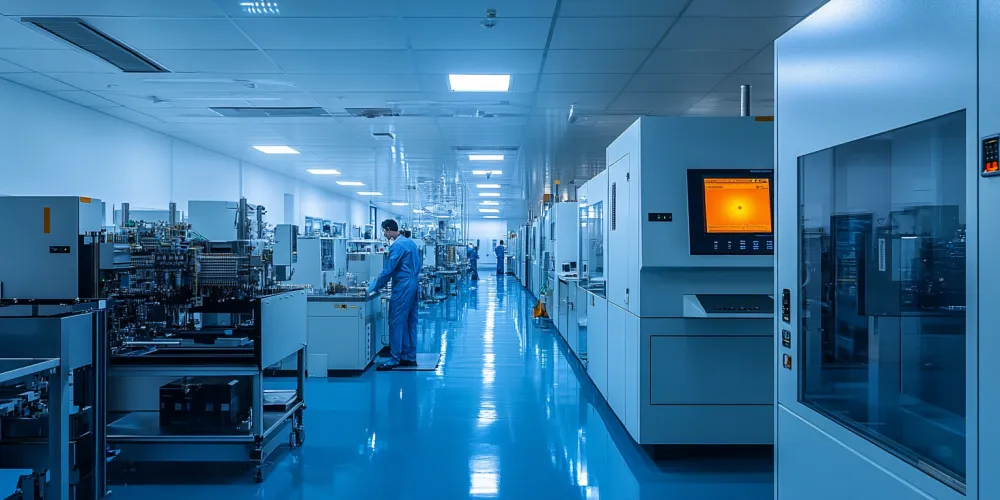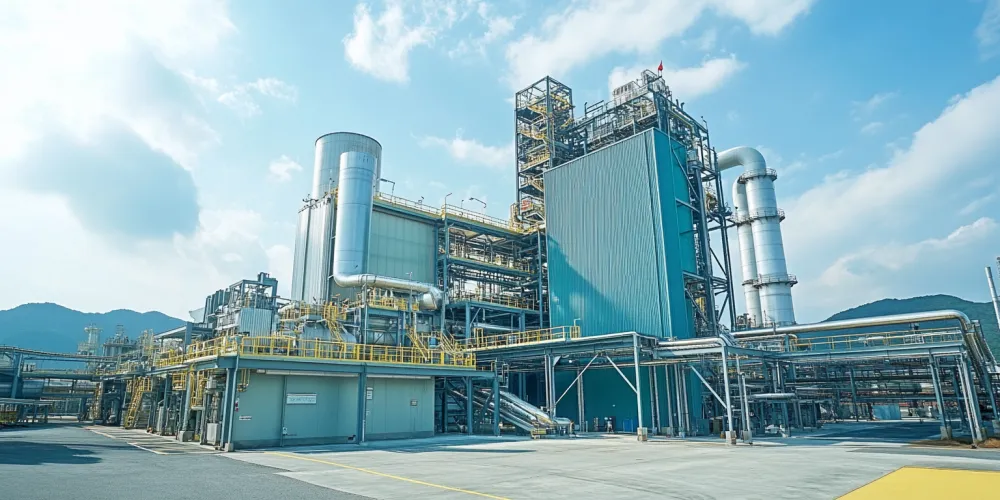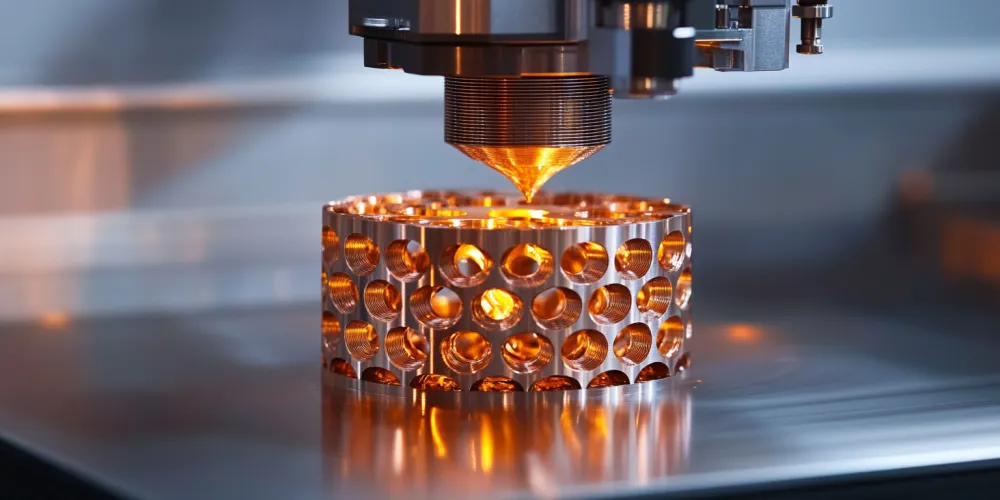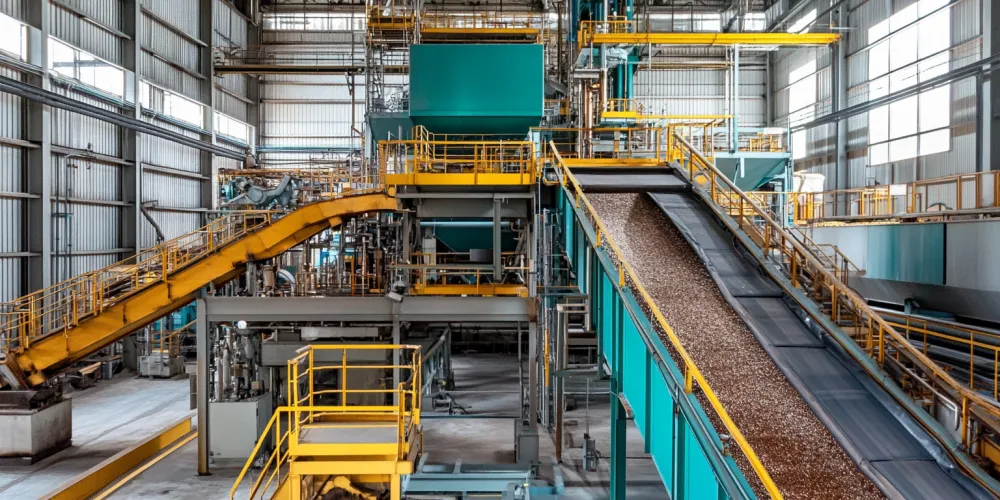Significant Progress in Research on the Application of Copper Oxide Powder in Photocatalysis
Last updated on August 12, 2024
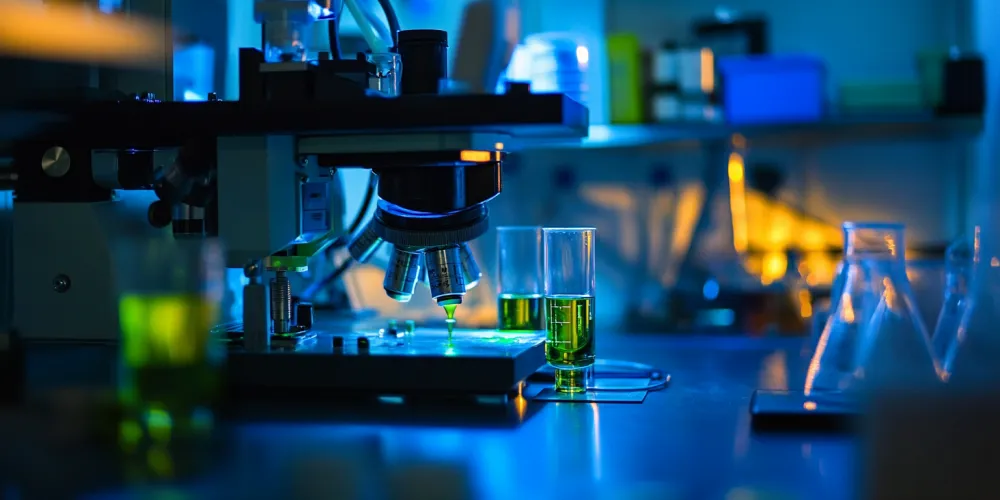
Research Background and Findings
Against the backdrop of green technology development, research on the application of copper oxide powder in photocatalysis has made significant progress. This research has opened new pathways for environmental technology and laid a foundation in the field of photocatalysis.
The main findings of the research include:
- Nanometer-level copper oxide powder synthesis technology: Developed a new sol-gel method that precisely controls the size and morphology of copper oxide (CuO) particles, successfully producing ultrafine copper oxide powder.
- Surface modification technology: Utilized innovative plasma treatment technology, significantly increasing the specific surface area of the copper oxide powder.
- Enhancement of photocatalytic activity: By doping with rare earth elements, photocatalytic activity was improved, and catalytic efficiency under visible light was significantly enhanced.
- Improvement of stability: Developed a new core-shell structure that improved the stability of the powder in aqueous solutions, extending its lifespan.
Technological Innovation and Research Process
This technological breakthrough is the result of long-term innovation. The research spanned five years, overcoming numerous technical challenges and demonstrating the innovative capacity in the field of materials science.
- Precise control of nanometer-level particles: Initial attempts using traditional co-precipitation methods resulted in a wide particle size distribution, affecting catalytic efficiency. By introducing ultrasonic-assisted technology, the particle size distribution range was successfully narrowed.
- Enhancement of surface activity: Conventional thermal treatment methods often lead to particle agglomeration, reducing specific surface area. Developed an innovative low-temperature plasma activation technology, which increased surface activity without affecting particle size.
- Expansion of light absorption range: Pure copper oxide can only absorb ultraviolet light, limiting its application under visible light. By doping with silver ions (Ag+) and ytterbium ions (Yb3+), the absorption range was successfully extended to the visible light region.
- Improvement of stability: Initial products were prone to photodegradation in aqueous solutions, affecting their lifespan. Applied atomic layer deposition (ALD) technology to cover the copper oxide surface with a nanometer-level aluminum oxide protective layer, improving stability.
Environmental Impact and Technological Benefits
This new copper oxide photocatalytic material has achieved technological progress, but more importantly, it may have a profound impact on environmental protection and social development. The application benefits of this technology include:
- Water pollution treatment: Effectively treats refractory organic pollutants such as dyes and pesticide residues; shows excellent performance in treating emerging pollutants.
- Air quality improvement: Effectively decomposes volatile organic compounds (VOCs), improving indoor air quality; applied in photocatalytic smog removal technology, it has the potential to alleviate urban smog problems.
- Energy conservation: Used in self-cleaning coatings, reducing the frequency of building cleaning and saving water resources; applied in solar cells, it increases power generation efficiency, promoting the use of clean energy.
- Public health: Develops antibacterial materials, improving hygiene and safety levels in public places; used in water disinfection, providing safe drinking water for remote areas.
